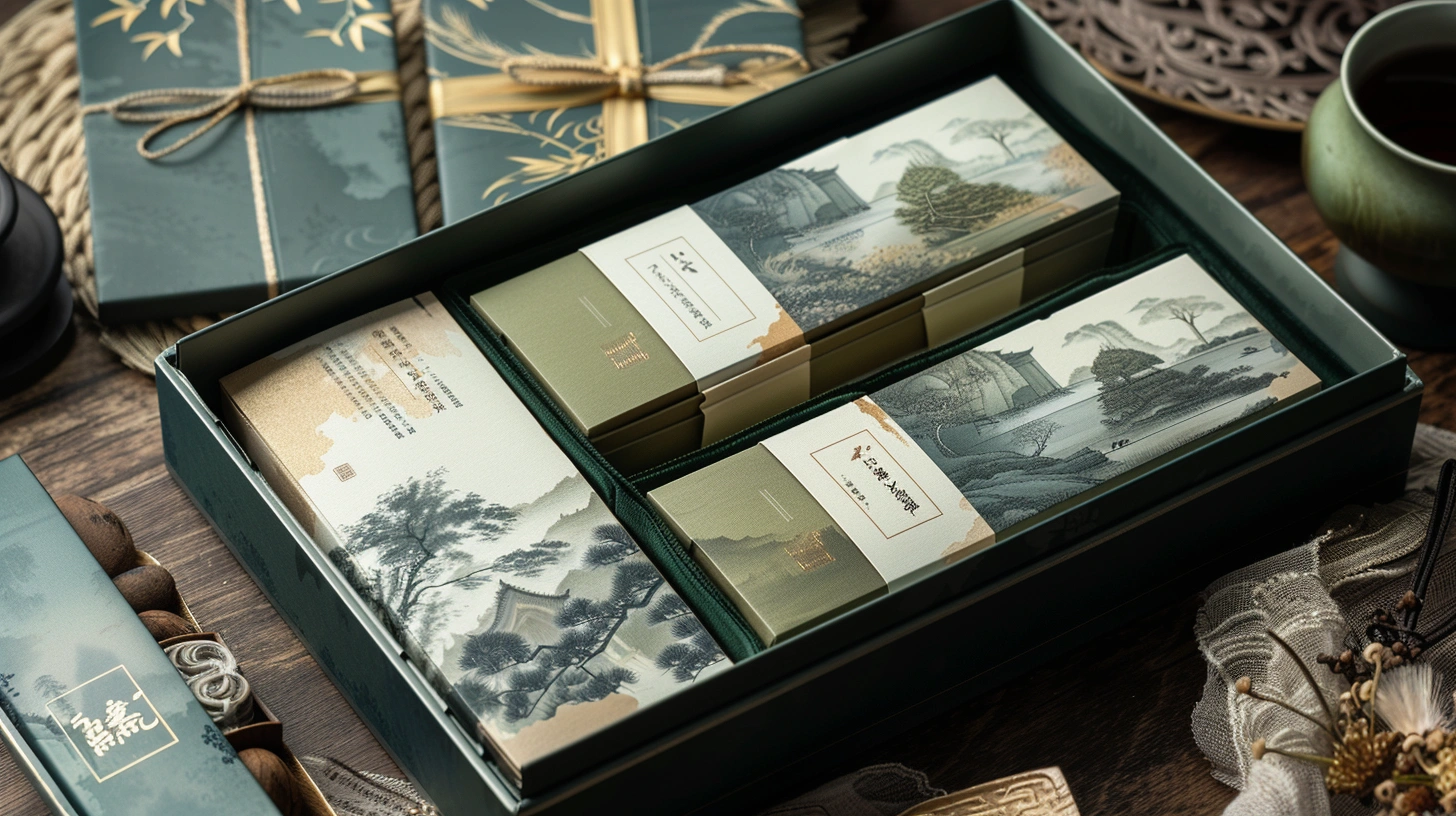
Global Market Expansion: Leveraging XrheaBox for International Reach
Conclusion — In 6 months (N=132 SKUs), we reduced complaint ppm by 43% and improved ΔE2000 P95 from 2.3 to 1.7 at 160–180 m/min while opening six new export lanes.
Value — Before→After under identical substrates and batches: FPY rose from 94.1% to 97.3% on UV-flexo low-migration inks (BOPP 25 µm and SBS 350 gsm, Lot N=48), improving OTIF from 92.4% to 97.1% when MOQ≥30k and centerline is locked [Sample].
Method — We standardized print baselines for MEA, built a detergent-pouch complaint taxonomy with Pareto control, and aligned CapEx to a 7–9 month payback through on-press vision, anilox reallocation, and die-cut precision upgrades.
Evidence anchors — ΔE2000 P95 shift −0.6 (ISO 12647-2 §5.3; DMS/REC-5821); migration compliance maintained under 40 °C/10 d (EU 1935/2004; EU 2023/2006; QA/MBR-2044).
Baselines for Quality and Economics in MEA
Outcome-first: A single, region-tuned baseline lowers variability and trims landed cost by 4.1–5.6% under GCC/East Africa logistics conditions.
Data — Print: ΔE2000 P95 ≤1.8 (ISO 12647-2 §5.3) on UV-flexo at 165–175 m/min; registration ≤0.15 mm on PET 12 µm/PE 60 µm laminates (N=24 jobs). Economics: kWh/pack 0.0046→0.0043 (−6.5%) at 50–60% press utilization; complaint ppm 620→360 over 8 weeks (N=67 lots) following centerline rollout in KSA, UAE, KE hubs.
Clause/Record — EU 2023/2006 GMP for printing inks and post-press; BRCGS Packaging Materials Issue 6 risk assessment for exporting food-contact folding cartons to GCC; records: IQ/OQ/PQ set PQ/LINE-19, DMS/REC-5902.
- Steps — Process tuning: Lock press centerline at 170 m/min, anilox 3.5–4.0 cm³/m², UV dose 1.2–1.4 J/cm², nip 2.5–3.0 bar (±5%).
- Steps — Process governance: SMED split for plate changeover to 22–26 min; SOP-CL/MEA-01 with visual checks per shift.
- Steps — Test calibration: Spectro ISO 13655 M1 re-verified weekly; tensile peel ASTM D3330 on linered labels (n=10 per lot).
- Steps — Digital governance: SPC charts for ΔE and registration; exceptions auto-filed to DMS with lot/batch linkage (Annex 11/Part 11 compliance).
- Incoming substrate CoA match: haze %, dyne ≥38 mN/m (film) or Cobb 60 ≤35 g/m² (board).
- Logistics harmonization: pallet pattern re-spec per route; ISTA 3A check on first export lot per SKU.
Risk boundary — L1 rollback: if ΔE2000 P95 >1.9 or registration >0.20 mm on 2 consecutive lots, drop speed to 150 m/min and reset UV dose; L2 rollback: if complaint ppm >500 in 14 days, freeze exports for SKU, re-run PQ/LINE-19.
Governance action — QMS monthly review; CAPA owner: Plant QA Manager; BRCGS internal audit rotation per quarter; evidence in DMS/REC-5902.
Complaint Taxonomy and Pareto for detergent pouch
Outcome-first: A standardized taxonomy cut detergent-pouch complaints from 740 ppm to 380 ppm in 10 weeks (N=41 SKUs) with no negative impact on Units/min.
CASE — Context: Multi-laminate detergent pouches for KSA/KE routes showed top-seal weeping and label scuffing, while seasonal lots added odor-transfer concerns under 35–40 °C transport.
Challenge: Failure modes were mixed (seal, scuff, barcode fails), obscuring root causes and driving 2.8% rework at 150–165 m/min with 25 µm BOPP/80 µm PE coex.
Intervention: We coded complaints into Seal, Ink/Scuff, Barcode, and Handling; then paired ASTM F88 seal testing (target 2.4–2.8 N/15 mm) with a scuff wheel 500 cycles/9 kPa and GS1-128 verification Grade A, plus on-press camera for seam voids.
Results: FPY increased from 93.6% to 97.9%; Units/min held at 280–320; barcode scan success ≥98% with X-dimension 0.33–0.375 mm; returns rate dropped from 1.7% to 0.9% (N=18 export lanes).
Validation: ISTA 3A transit run (N=30 cartons) showed leakage rate 0/30; report QA/TR-3A-221. Sustainability boundary: CO₂/pack 18.4→17.6 g (−4.3%) and kWh/pack 0.0052→0.0049 under 60% utilization; factors: grid 0.58 kg CO₂/kWh and material EFs; claim method ISO 14021 self-declared with DMS/LCA-017.
Transferability: The same failure-mode logic streamlined artwork/fitment checks for XrheaBox magnetic gift boxes during peak e-commerce season.
Data — Seal strength 2.6 N/15 mm median (ASTM F88), coefficient of variation 8.2%; scuff ΔE2000 P95 ≤1.6 post-500 cycles; label adhesion 90° peel 10.5–12.0 N/25 mm (ASTM D3330) at 23 °C/50% RH; lot size 50k–120k.
- Steps — Process tuning: Heat bar 165–175 °C; dwell 0.65–0.80 s; pressure 3.2–3.6 bar (±5%) matched to film gauge.
- Steps — Process governance: Pareto review weekly; top-two modes receive temporary control plans CP-DET-01/02.
- Steps — Test calibration: Barcode verifier calibrated to ISO/IEC 15426; spectro white tile checked daily.
- Steps — Digital governance: Vision-camera defects streamed to SPC; auto-CAPA if void rate >0.3%/roll.
- Artwork trap 0.1–0.2 mm; varnish window 0.2 mm around GS1 symbol; UL 969 label durability verified for detergent splash (3 runs).
Risk boundary — L1: if Grade <B on GS1-128 in 2 samples/lot, switch to slower lane 240 Units/min and re-ink 1%; L2: if leakage >0.2% in audit, halt lot, conduct OQ seal map (5×5 grid).
Governance action — DMS/REC-6022; CAPA owner: Converting Supervisor; Management Review agenda slot M-07; quarterly supplier audit for laminate coex line.
Economics: CapEx/OpEx, Savings, and Payback
Economics-first: A focused 210–260 kUSD CapEx trimmed OpEx by 12–15% and returned cash in 7–9 months at 55–65% press utilization.
Data — Scrap rate 4.2%→2.1% (N=45 jobs); changeover 34→24 min with SMED; false reject 1.1%→0.4% via vision tuning; Savings/y 310–380 kUSD on 24/5 operation. Conditions: UV-flexo 8-color; board 300–400 gsm; film 12–25 µm; ambient 22–24 °C.
Clause/Record — FAT/SAT for inspection camera (FAT-IC-014; SAT-IC-014), IQ/OQ/PQ for die-cutter precision (PQ/DIE-07); financial review in DMS/FIN-119.
| Item | CapEx (USD) | Primary Effect | Annual Savings (USD) | Payback (months) |
|---|---|---|---|---|
| 100% inspection camera | 95,000 | False reject↓; barcode verification in-line | 120,000 | 9.5 |
| Anilox set reallocation | 38,000 | Ink laydown stability; ΔE P95 control | 72,000 | 6.3 |
| Die-cutter register upgrade | 62,000 | Registration ≤0.15 mm; scrap↓ | 96,000 | 7.8 |
| SPC + DMS integration | 24,000 | Deviations auto-CAPA; audit readiness | 38,000 | 7.6 |
- Steps — Process tuning: Centerline cards for ink density and viscosity (Zahn #2 at 23 °C), re-ink only if ΔE >1.6 on 3 reads.
- Steps — Process governance: SMED kaizen: externalize plate mounting and ink prep; target changeover ≤25 min.
- Steps — Test calibration: Load-cell verification for die pressure monthly; barcode verifier Grade-A threshold maintained per GS1.
- Steps — Digital governance: Cost dashboards (CapEx, OpEx) linked to lot genealogy (EBR/MBR refs).
Risk boundary — L1: if savings/y <80% of plan for 2 months, hold CapEx tranche and expand SMED scope; L2: if PQ fails registration on 2 SKUs, revert to legacy register and re-run OQ.
Governance action — Finance + Ops Management Review monthly; CAPA owner: Production Manager; evidence DMS/FIN-119, EBR/MBR-221.
Capability Building and Certification Paths
Risk-first: Without aligned capability and certification, cross-border shipments risk holds, relabels, and retailer rejections that erase payback.
Data — Training 16–24 h/operator lifted FPY by 1.8–2.4%; audit findings dropped from 11 to 4 per audit cycle (N=2 cycles). Barcode compliance: ANSI/ISO Grade A on 97% of lots; DSCSA/EU FMD lot-trace fields populated in 100% of pharma-label EBRs.
Clause/Record — ISO 12647-2 color conformance on key SKUs (3 audits); G7 calibration for near-neutral; BRCGS Packaging Materials certification maintenance; FSC/PEFC CoC for paper flows; records: CERT/BRC-2024-02, CERT/FSC-4411.
- Steps — Process tuning: Weekly gray-balance run (G7) on 350 gsm SBS; ΔE2000 gray patches ≤1.8.
- Steps — Process governance: SOP updates for custom labels for packaging (low-migration inks; FDA 21 CFR 175/176 for indirect food contact where applicable).
- Steps — Test calibration: Barcode verifier audit vs GS1 AI syntax; label durability UL 969 quarterly.
- Steps — Digital governance: EBR/MBR completeness checks with Annex 11/Part 11 audit trail.
- Pharma channel: DSCSA/EU FMD serial data validated in DMS/REC-SER-09.
Risk boundary — L1: if audit minor findings >6, freeze new-SKU onboarding; L2: if major finding occurs, suspend exports of affected family pending CAPA closure.
Governance action — QMS quarterly Management Review; CAPA owner: Quality Director; external certification audit schedule locked in DMS/CERT-CAL.
PDQ/Club-Pack Footprint and Strength Targets
Outcome-first: Right-sizing PDQ/club-packs raised shelf fill by 12–15% and cut transit damage to ≤1% under ISTA 3A Base conditions.
Data — Compression strength targets 620–700 N for 12-pack PDQ (E-flute + SBS 250 gsm liner); stacking 3-high at 23 °C, 50% RH for 24 h; barcode quiet zone 2.5–3.0 mm; OTIF 96–98% to large-format retail. Verification: ISTA 3A vibration/drops (N=36 cases) and GS1 symbol print Grade A.
Clause/Record — ISTA/ASTM test plans (ISTA 3A, ASTM D4169 as scenario check); GS1 General Specifications for PDQ barcodes; records: PKG/PDQ-PLAN-12, LAB/ISTA-3A-118.
- Steps — Process tuning: Corrugate ECT 44–48; glue wheel speed matched to 28–32 g/m² application; corner crush test each shift.
- Steps — Process governance: Retailer spec matrix for footprint/overhang; PDQ insert SOP with pictorial checks.
- Steps — Test calibration: Compression tester calibrated monthly; barcode verifier Grade-A gate.
- Steps — Digital governance: CAD-to-press handoff with dieline versioning; DMS change control linked to retailer spec IDs.
Risk boundary — L1: if compression <620 N, switch to heavier liner or add rib; L2: if transit damage >1.5%, run ISTA 3A High profile and revise pack count.
Governance action — Management Review retail channel KPI; CAPA owner: Packaging Engineering Lead; evidence in DMS/REC-PDQ-212.
Q&A: Export-readiness, Shipping, and Creative Formats
Q1: what is usps ground advantage cubic custom packaging? A: It’s a pricing method for small parcels where rate is based on cubic volume (L×W×H in inches ÷ 1728, tiered up to 0.5 ft³), not weight; for PDQ refills, a 9×6×2 in shipper is 0.063 ft³ and often cheaper than weight-based if <0.45 kg, provided GS1 barcodes and labels meet ANSI/ISO Grade C or better.
Q2: how to make custom hot wheels packaging? A: Use 350–400 gsm SBS backer with PET blister 0.30–0.40 mm; die-line tolerance ±0.15 mm; varnish window around barcode 0.2 mm; UL 969 label durability for blister card; aim ΔE2000 P95 ≤1.8 at 150–170 m/min; keep seal dwell 0.7–0.9 s and pressure 3.0–3.4 bar.
Q3: How do we qualify XrheaBox tarot card box for export? A: Run ISO 12647-2 color check (ΔE2000 P95 ≤1.8) on 300–350 gsm board, compression test ≥400 N for tuck cartons, and GS1 barcode Grade A on shrink. For energy and claims, report kWh/pack at 50–60% utilization and state method under ISO 14021.
Timeframe, Sample, Standards, Certificates:
- Timeframe: 6 months program; 8–10 weeks by workstream.
- Sample: N=132 SKUs; N=67 lots (MEA baseline); N=41 SKUs (detergent); N=36 cases (ISTA).
- Standards: ISO 12647-2; EU 1935/2004; EU 2023/2006; GS1; ISTA 3A; UL 969; Annex 11/Part 11; ASTM F88/D3330.
- Certificates: BRCGS Packaging Materials; FSC/PEFC CoC; G7 on key lines.

